Food is Medicine
TRUST YOUR GUT
Average human lifespan has doubled over the past 150 years primarily because of improvements in nutrition and hygiene, with technology and modern medicine coming in as less important factors. Our understanding of the interplay of food and the human body is becoming more sophisticated— even as millions of people in the US remain food insecure and many millions more struggle with obesity. Eating badly can impact our moods, make us sick and even kill us.
In the coming decade, primary care doctors and health apps will prescribe diets designed by AI to optimize the interaction between our individual microbiome (the collection of microorganisms living in and on our bodies) and our epigenome, metabolome and proteome. We are already far along in understanding how diet can spur epigenetic changes in children’s developing brains, and how these changes can impact obesity later in life. Carefully designed individual diets may be key to curing or postponing many diseases.
Watch for a growing number of big businesses to add population health to their ESG goals. Pharmaceutical giant Novo Nordisk is jumping into the food-asmedicine fray, investing $20 million over the next three years in locally led initiatives from the Mississippi Delta to Arizona that improve access to healthy foods and recreation space for underserved communities. These projects range from building greater demand for locally sourced, healthy produce to improving nutrition literacy.
SMART TECH FOR HEALTHY EATING
Apps will keep proliferating to help people track their diet, with more sophisticated AI algorithms helping to link diet data with the latest research. These algorithms will also link diet data with data on a person’s genetic and other risk factors for diet-linked diseases. Apps and other food-tracking systems will be developed that help patients with Alzheimer’s, cancer and other diseases to eat targeted foods that could slow down the progression of their disease. Other apps, like one created by New York City startup Mymee, are helping patients discover and avoid food triggers for autoimmune diseases.
STILL HUNGRY AFTER ALL THESE YEARS
Americans spend $1.1 trillion on food every year, with the federal government spending almost $200 billion a year in food aid for the poor. Yet 12 million children in America remain malnourished. The link between poverty and malnutrition—and deficits in cognition and overall health—is indisputable. One dollar spent on providing children with good nutrition saves four dollars in services later in life, although current partisan deadlocks in state and federal legislatures will make increased investment in child nutrition a challenge in the near future. (See the Politics and Healthcare section for more on this.)
The Biden Administration’s new Hunger, Nutrition and Health initiative pledged to spend $2.5 billion on startup companies that are “pioneering solutions to hunger and food insecurity,” and over $4 billion on philanthropies that improve “access to nutritious food, promote healthy choices, and increase physical activity.” Much more will be needed in the coming years.
-
$1 = $4For EVERY $1 spent on childood nutrition, $4 is saved on adulthood healthcare
FUNCTIONAL FOOD REPLACES JUNK FOOD
Even as scientists learn more about the interplay between food as chemistry and what is good and bad for us, policymakers don’t always agree on best practices. This results in shifting nutritional standards that often don’t keep up with the latest research. Policymakers struggle to stay abreast of the latest data and to find the will to combat powerful interest groups and muster the resources to optimize good nutrition for kids and others.
The food industry has a long history of producing processed and high-sugar food that human taste buds adore rather than food that’s good for us. For instance, it’s long been known that high-sugar cereals like Raisin Bran, Special K and Life are not healthy by any reasonable standard. But it took until October 2022 for the FDA to remove them from a list of “healthy” breakfast foods. Diabetes and cardiovascular disease caused by unhealthy eating racked up a $1 trillion healthcare bill in 2021 alone.
A significant percentage of consumers are now demanding more from what they eat and drink. They are shopping for functional foods that increase performance, relaxation and overall wellness. Consumer packaged goods companies of all sizes are realigning to launch products that provide additional health benefits. Many new food and beverage products promise to reduce inflammation and increase the health of your gut microbiome. As the lines between food and medicine continue to blur, companies will compete to win over customers who increasingly want nutrient-packed food that is regeneratively produced and delivered via a transparent supply chain.
